PROTECT YOUR DNA WITH QUANTUM TECHNOLOGY
Orgo-Life the new way to the future Advertising by AdpathwayThe holiday cactus lineup (Thanksgiving, Christmas, and Easter) brightens the cool season with colorful, billowy blooms. They perform well as houseplants, enjoying summers outside and overwintering indoors to bloom around the time of their namesake holiday. They grow outdoors year-round in frost-free climates, needing winter protection indoors in cold growing areas.
In a rolling display of blooms, Christmas cactus (Schlumbergera x buckleyi) follows November’s Thanksgiving cactus (S. truncata) and extends the color through January. Easter cactus (S. gaertneri) shows in late winter. All species have the same requirements and produce spectacular, flared, tubular blooms with varieties in red, pink, purple, gold, and white.
While the holiday cacti are easy-care tropicals, timing the transition from outdoors in is key for the best bud set and blooming. To offer the best growing environment for your Thanksgiving and Christmas cactus this fall, special attention to temperature and day length brings the most blooms.
Here are some tips for when and how to move your Thanksgiving or Christmas cactus indoors.
About Thanksgiving and Christmas Cactus
 Holiday cacti are popular houseplants in fall and winter.
Holiday cacti are popular houseplants in fall and winter. These adaptable tropical houseplants belong to the same plant family (Cactaceae) as the Saguaro, organ pipe, and prickly pear cactus, but are much less xeric than their desert-dwelling relatives. Native to Brazilian rainforests, they adjust to more temperate environments (like our gardens and houseplant jungles). In their natural range, the epiphytes comingle with orchids in the crooks of trees and crevices of rocks.
Christmas and Thanksgiving species exhibit color for four to six weeks around their respective holidays. Buds emerge along branches in late summer and open to the flowy petals in fall and into winter, in a spectrum of bold and pastel colors, depending on the variety.
The species are similar in characteristics and growing requirements. The main difference, of course, is bloom time. The Thanksgiving cactus also has more sharply pointed leaves. Thanksgiving cactus is the first to respond to shorter and cooler days for blooming and is a harbinger of the season.
All in the holiday group are easy-care, long-lived houseplants in optimal conditions. They offer year-round foliar interest in addition to their exotic blooms. These cacti don’t have true leaves but phylloclades, the segments that comprise the stems.
Check Your Temperatures
 Holiday cacti need some cool temperatures to initiate flowering.
Holiday cacti need some cool temperatures to initiate flowering. When you move your Thanksgiving or Christmas cactus indoors, the main concerns are temperature and light for successful flowering. While we want to protect our tropicals against freezing conditions (and anything below the low 40s or around 4°C), don’t be too hasty to bring them inside this fall. The cacti benefit from cool nighttime temperatures to initiate flowering.
In their mountain forests at elevations of 3,000 to 5,000 feet, ideal daytime temperatures are between 70-80°F (21-27°C). Nighttime temperatures are near 55-60°F (13-16°C) in winter. From about mid-September on, the cool nights lead to bud set for blooming around holiday time.
Warm nighttime temperatures, on the other hand (70°F or 21°C or higher), for extended periods beyond mid-September limit bud development or cause young buds to drop. With lingering warmth, bring the pots inside to a cool room or space. Move indoor specimens to warm positions near a window to experience lower temperatures.
Fluctuations
 Keep temperatures and light as consistent as you can.
Keep temperatures and light as consistent as you can. Temperature fluctuations are common as we move Thanksgiving or Christmas cactus indoors this time of year. Aim for consistency when moving, with cooler nighttime temperatures. If conditions are warmer, we’ll look at how to compensate with increased darkness below.
Protect the plants from hot or cold drafts from heating and air vents, open windows, space heaters, and fireplaces. Extremes can damage developing buds.
Provide Bright Days and Dark Nights
 These plants also need several hours of darkness for flowering.
These plants also need several hours of darkness for flowering. Corresponding with the need for cool nighttime temperatures are increased hours of darkness to trigger budding. The tropical succulents respond to shorter day lengths and longer nighttime darkness to develop strong buds.
Along with cool nighttime temperatures from September on (about six weeks), they need at least 12 hours of darkness for the best bud set. In warmer weather, they’ll need longer dark periods to compensate for the lack of chill. If room temperatures are above 60°F (16°C), try to limit daylight hours to 10 (or about 15 dark hours).
When you move your Thanksgiving or Christmas cactus indoors, turn off the lights early in the evening in its growing room. Some gardeners place a light-blocking cover over the specimen at night for several weeks to provide necessary hours of darkness and prompt a holiday bloom time.
A cardboard box or dark fabric creates a dark space over the pot (avoid placing anything weighty on the arching stems). Moving them to a pantry or closet at night, and back to their bright spot during the day, for four weeks, mimics the necessary photoperiod. Once buds form, they can stay in their growing spot without the need for added darkness.
During the day, these tropicals require plenty of bright, indirect light to flourish. Place them near a bright window to support energy for flowering. An east or south-facing position is ideal, with a curtain as a filter or places slightly away from intense sun. Too much direct sunshine, especially afternoon rays, can scorch stems and hinder flowering. They’ll bloom for two to three weeks in average room temperatures near 70°F (21°C).
Water During the Transition
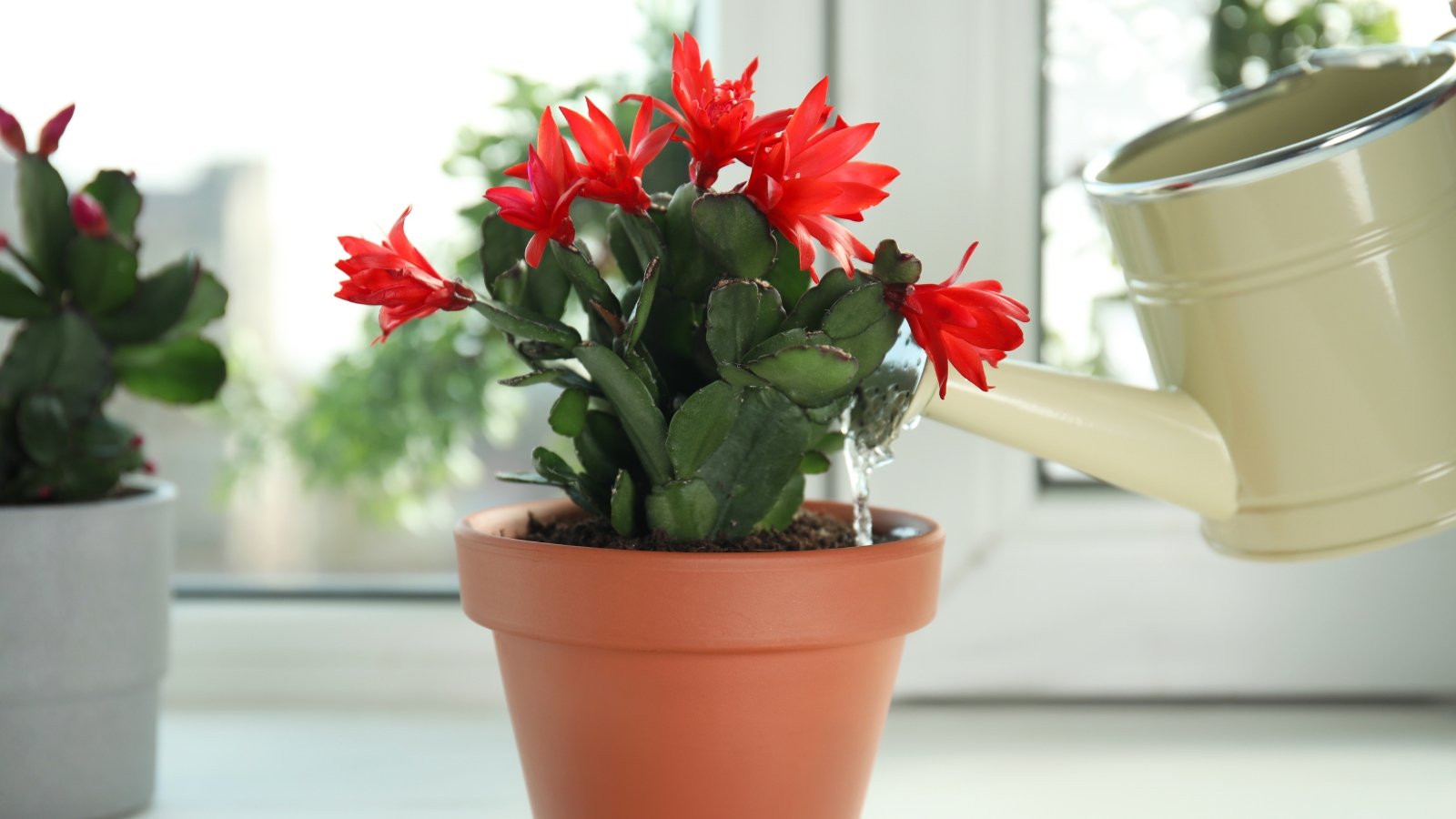 Water once or twice a week, depending on conditions and soil type.
Water once or twice a week, depending on conditions and soil type. To support the plant before you move your Thanksgiving or Christmas cactus indoors, aim to time a watering session just before bringing the cactus inside. Water thoroughly, letting it run through the drain holes. Indoors or out, empty trays and saucers shortly after the soil has time to drain.
In their rainforests, the epiphytes absorb plenty of moisture from the air, and their roots don’t sit for prolonged periods in saturated soils. Christmas cacti are true cacti, but they benefit from moisture in moderation more so than desert types.
For their stay indoors, water thoroughly when the potting media feels dry to the touch one inch below the surface. Frequency is usually once every week or two weeks, depending on the growing environment, size of the plant, and soil type. Err on the dry side rather than overwatering, without allowing soil to dry out completely. Well-draining potting mix provides the best root support.
Some growers recommend lessening water sessions slightly from August to September as buds begin to form. The reduction prompts strong stems and bud initiation. Resume regular sessions as the buds swell.
Hold Off on Fertilizing
 Stop fertilizing when you bring pots indoors.
Stop fertilizing when you bring pots indoors. It may be tempting to nourish our budding houseplants when we move our Thanksgiving or Christmas cactus indoors, especially as they’re about to enter their showy season. An overload of nitrogen, though, promotes foliar growth but inhibits bud development, resulting in less flowering.
Stop fertilizing the cacti in September as active growth slows and buds form. A final round supports budding and strong stems without an overage of leafy growth.
In the wild, the cacti receive nitrogen through raindrops and other nutrients from decaying plant material on trees. Houseplants get a boost from balanced, low-grade, diluted formulas. Pick up fertilizing again in early spring as active growth resumes.
Opt for an organic houseplant fertilizer (like 10-10-10) and use it at ¼ strength. Apply it every other watering session in the warmer months or once a month if using full-strength applications.


 7 hours ago
4
7 hours ago
4

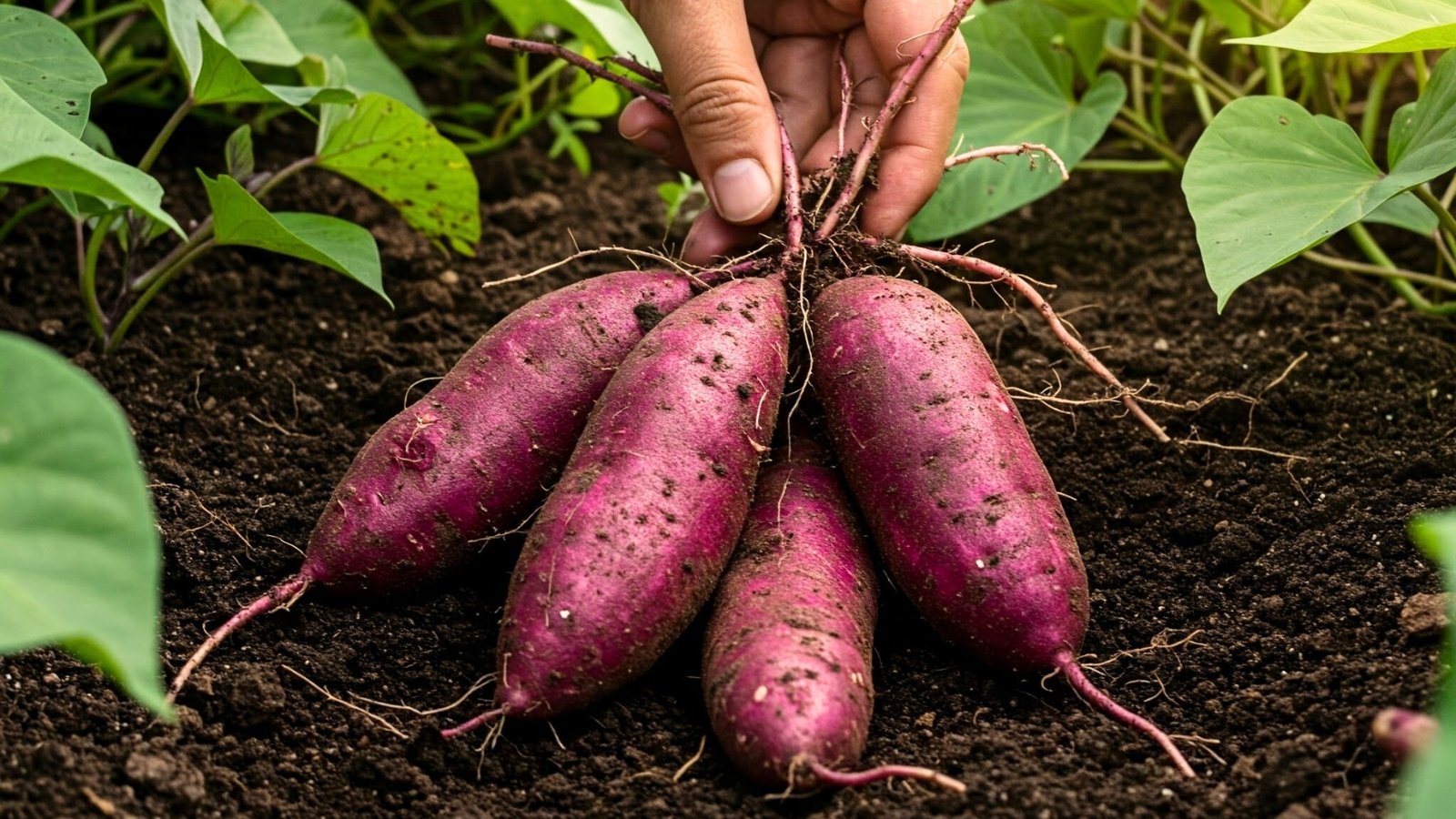

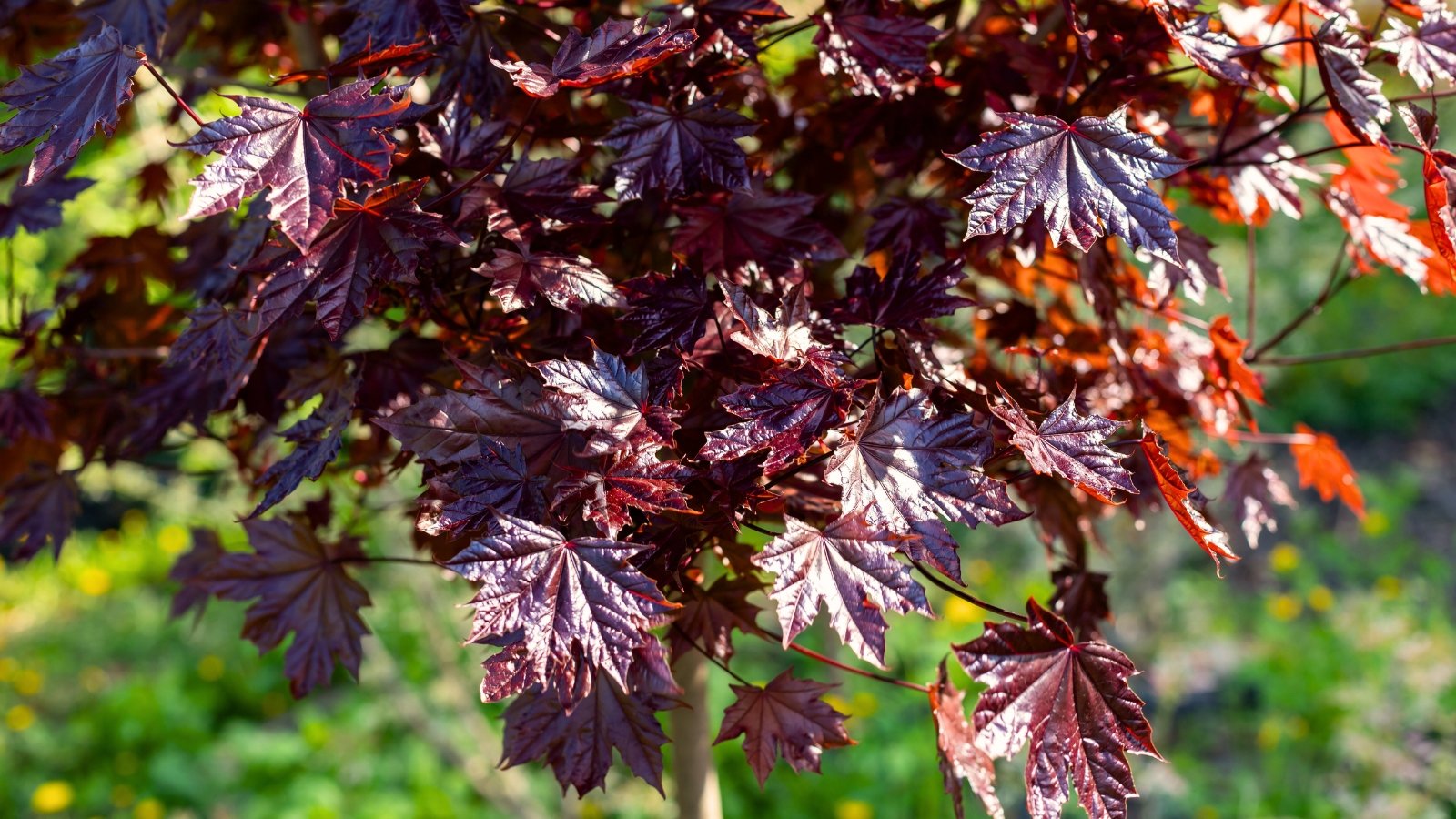

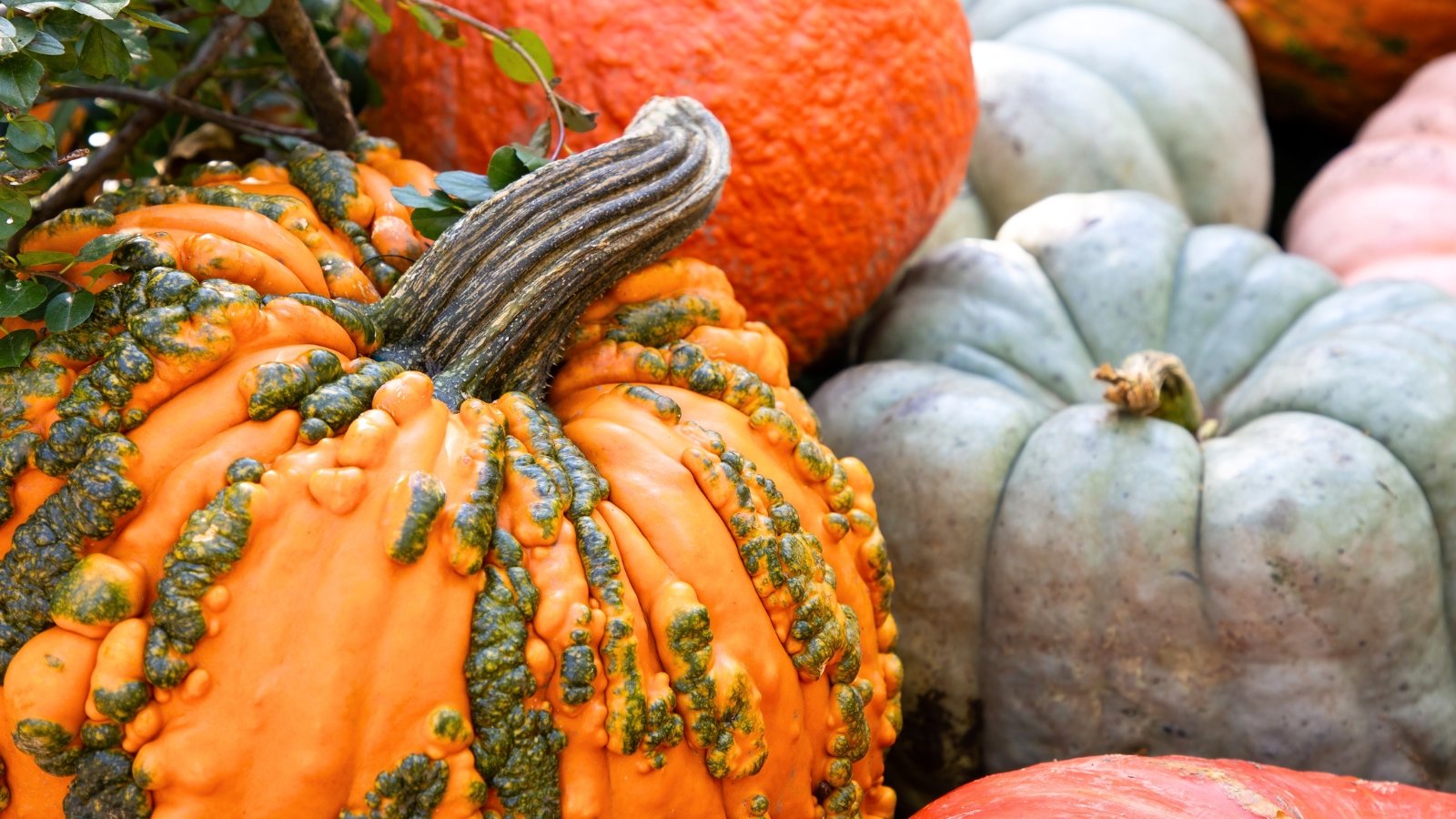
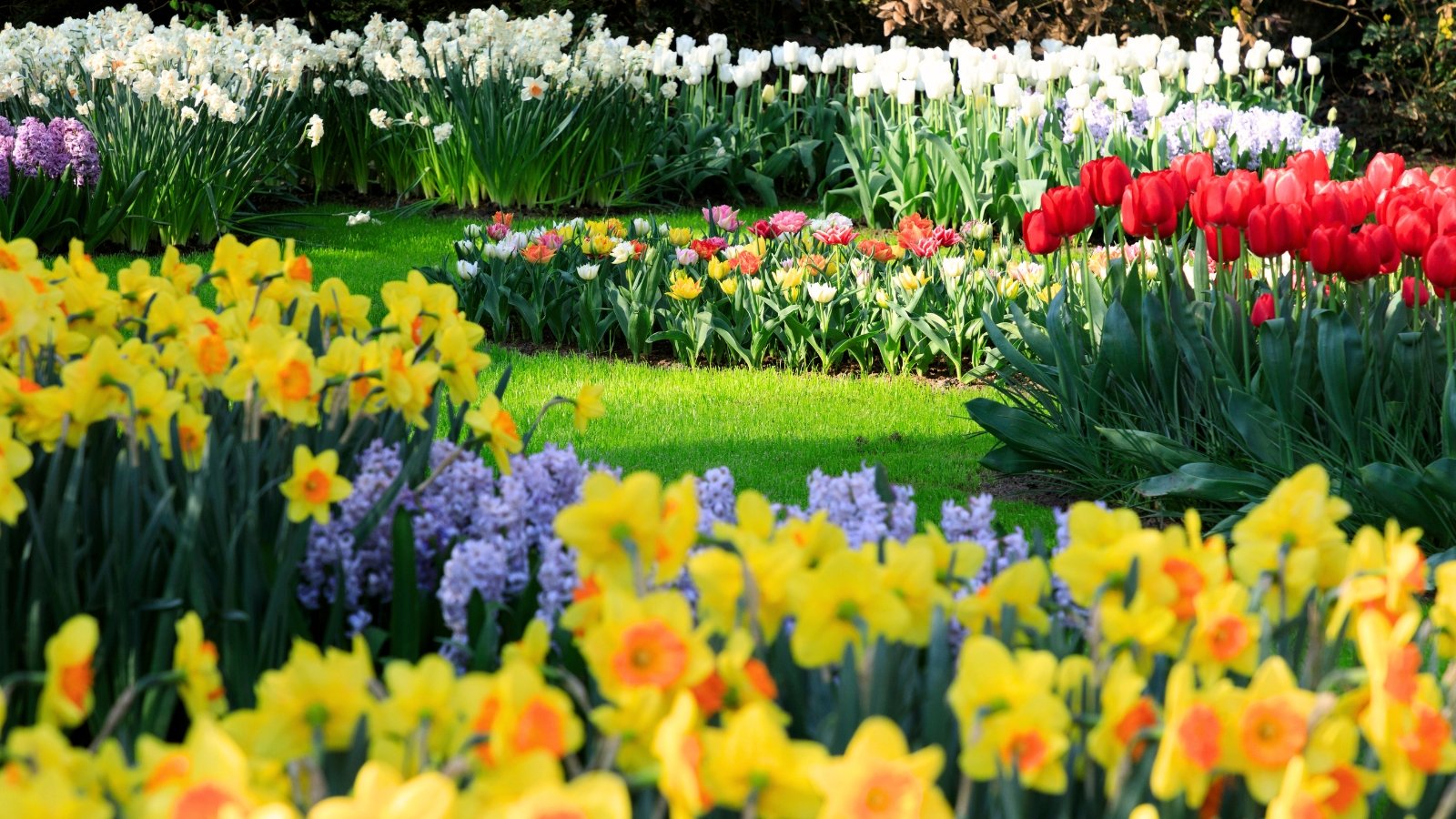














 English (US) ·
English (US) ·  French (CA) ·
French (CA) ·